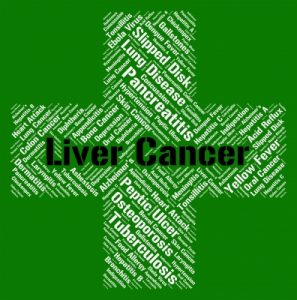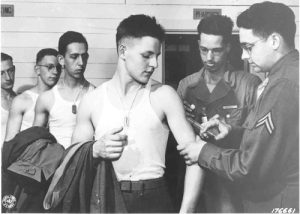
If antiviral medications almost always lower viral loads, why don’t doctors treat young adults with high viral loads with this daily pill? After all, don’t high viral loads lead to liver damage and even liver cancer?
This is one of the most common questions posed to the Hepatitis B Foundation, and at first glance the decision not to treat a high viral load with antivirals seems counter-intuitive or plain wrong. If antivirals reduce the number of hepatitis B virus (HBV) in the body, won’t that give the immune system an opportunity to clear out the remaining residual HBV?
Unfortunately, it doesn’t work that way. It’s complicated, as are many aspect of hepatitis B.
It’s common for young adults (up to age 30) who live with hepatitis B to be in the “immune tolerant” stage of infection with extremely high viral load (HBV DNA) but with no signs of liver damage.
When we’re born to mothers infected with hepatitis B, unless we’re immunized at birth 90 percent of us become infected from exposure to infectious blood and body fluids during delivery. And when infants are infected, their immature immune systems don’t recognize the virus. The young immune system misses the “red flag” signature on this hepatitis B virus and “tolerates” the infection instead of attacking it.
In contrast, when we’re infected as healthy adults, our immune systems immediately detect and identify hepatitis B as a viral invader and aggressively attacks the virus and any infected liver cells. In adults, it generally can take up to six months for the immune system to eradicate the virus. When we’re infected as children, it can take up to three or even four decades for our immune systems to notice the virus and shift into “immune active” battle mode.
Until the immune systems notice the virus and begins to fight the infection, children and young adults remain in the “immune tolerant” stage, with sky high viral loads that can reach 1 billion international units per milliliter (IU/mL). Unencumbered by an immune system that’s on the offense, the virus hijacks liver cells to replicate and churn out more virus.
Because the immune system isn’t attacking and damaging the infected liver cells, liver tests (ALT or SGPT) results show no signs of damage and usually remain in the normal range (30 or less for men and 19 or less for women). And until our immune systems wake up and launches its attack, doctors say there is no reason to try to lower the viral load in these young adults because even when antivirals lower viral load, the immune system stays dormant and doesn’t go on the offensive.
Experts recently re-examined whether this hands-off approach was still valid and reviewed more than a dozen studies that examined whether antiviral treatment benefited immune-tolerant adults.
At the November 2015 AASLD Liver Conference, researchers reported, “There are no studies demonstrating that antiviral therapy is beneficial in reducing rates of liver cancer, cirrhosis, and liver-related death in persons with immune-tolerant chronic hepatitis B.”
Following their instruction to “first do no harm,” the experts recommended, “Given the lack of evidence of benefit to those with (high viral load and normal ALT levels), the potential harms of finite (or longer) antiviral therapy, including cost, antiviral drug side effects, and development of resistance, outweigh benefits.”
Let’s explore their rationale:
- Antivirals work for only as long as you take them. Once started because of liver damage, patients can be on them for many years, and when patients go off antivirals, they often experience a “flare” with a sudden increase in viral load and ALT levels that can be dangerous.
- The leading antivirals, including tenofovir (Viread) and entecavir (Baraclude), are not cheap, especially tenofovir which is not yet available in a generic formula.
- And antivirals have side effects, which can include bone loss, impact on kidney function, and a risk of developing drug resistance.
So, if treatment will not yield good results, why put young adults through the cost and medical risk? In fact, experts don’t even treat immune-tolerant patients who have family members with hepatitis B-related liver cancer.
The experts did make clear that all immune-tolerant patients should have their ALT levels and viral load checked at least every six months so doctors could monitor their infection.
Still, this is challenging to hear when we are living with hepatitis B or just recently diagnosed with a chronic infection. We want to do something to fight the infection. But without an active immune system as a strategic partner in our fight against hepatitis B, we must be patient and let go of a quick-fix hope, as much as we all want a magic pill to cure our infection.
So in the interim, until our immune systems wake up and starting fighting the virus in our bodies, we do what we can to protect our health, including eating healthy foods, avoiding alcohol and cigarettes, and getting monitored every six months. It may not feel like it’s enough, but for now it’s all we can do.










